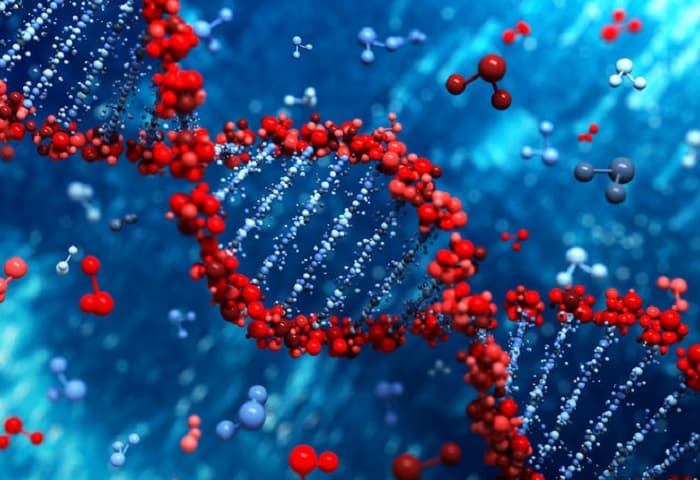Researchers from the Donald K. Johnson Eye Institute (DKJEI), a unit of the Krembil Research Institute at the University Health Network, have discovered previously unrecognised linkages between genetic markers in autism spectrum disorder in a new study published in Cell Reports.
This neurodevelopmental condition is characterised by a broad spectrum of behavioural and physiological symptoms, such as impairments in motor, cognitive, and communication skills, seizures, and hyperactivity.
Hundreds of risk genes that may contribute to the onset of the disease have been connected to ASD, which impacts one in 50 Canadians between the ages of 1 and 17.
The purpose of this study was to determine the activities of particular risk genes in ASD and whether distinct genes congregate on shared pathways that control cellular processes like metabolism and energy production.
The majority of ASD risk genes create proteins that are essential to vital cellular processes. In this study, the research group examined 41 risk genes for ASD, many of which were previously unknown to interact with one another using a protein mapping method.
Numerous risk genes affect the functioning of mitochondria, the cell’s energy manufacturers, according to one of the team’s key discoveries. As a result of their high metabolic activity, brain cells’ mitochondria might become dysfunctional, which can affect how well the brain functions.
A postdoctoral researcher in Dr. Singh’s team, Dr. Nadeem Murtaza, states that the connection between ASD risk genes and mitochondrial dysfunction puts the spotlight on how mutations in these genes might modify brain cellular activities and ultimately generate illness symptoms.
The study also showed that the protein-based mapping approach might be used to categorise ASD patients who share a molecular signature. Since ASD is an illness with great individual variation, scientists may be able to provide more individualised treatments in the future by categorising people according to the biological causes of their symptoms. Dr. Murtaza continues that there is a great deal of room for change between the level of genetic sequences, which we are gaining a very good hold on, and what actually appears in the patient.
According to Dr. Murtaza, individuals with various genetic disorders may be more interconnected than previously believed.
This study’s use of protein-mapping technology offers the potential to deepen their understanding of how the brain works and can be used to treat many other brain disorders. In Dr. Singh’s laboratory, stem cells from a patient’s blood are transformed into three-dimensional brain tissues that display that patient’s particular gene and protein profiles. The next step is to use this technology on patient-specific brain tissue created in the facility.
According to Dr. Singh, this would make it possible to investigate the specific illness mechanisms of a patient and ultimately evaluate the efficacy of various treatments. He continues, this ground-breaking strategy will pave the way for these technologies to be employed more extensively and to treat other diseases as well. A wonderful opportunity to utilise this technology and their current findings is to collaborate with colleagues at Krembil, with projects that span a large array of neurodegenerative, arthritic, and vision-related problems.


















